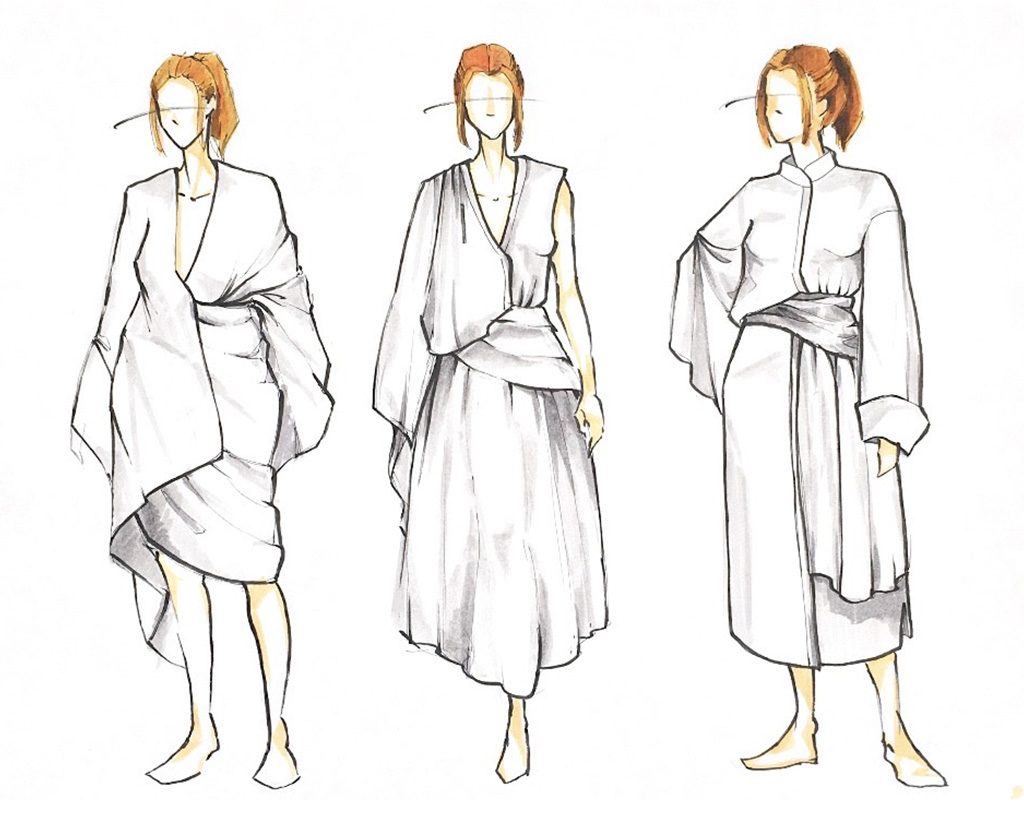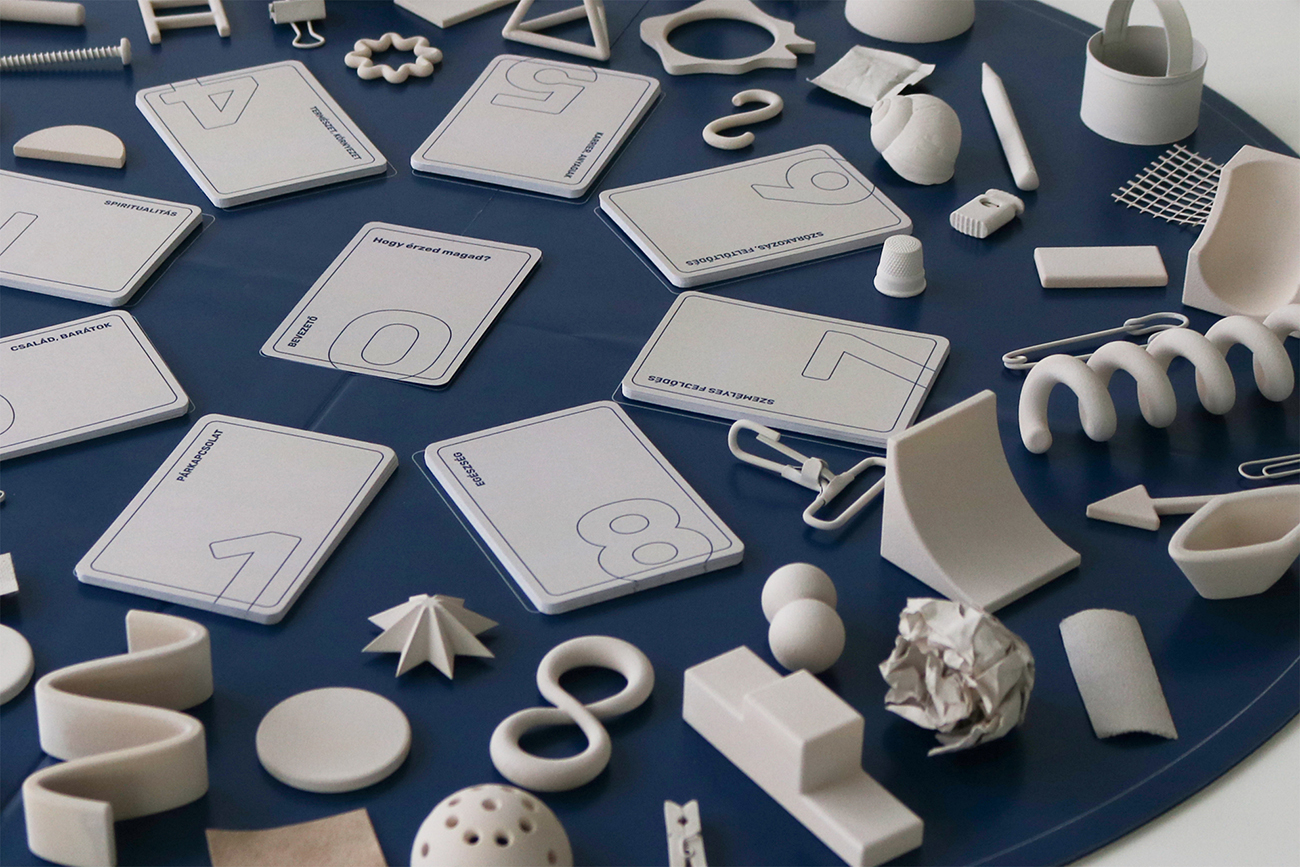


The fashion of a potential utopia – Lilla André’s contemporary togas

“It needed to come out” – Interview with the MOME KIKI managers

The construction of an artist – Interview with Elina Brotherus

Every local government could use a social designer
